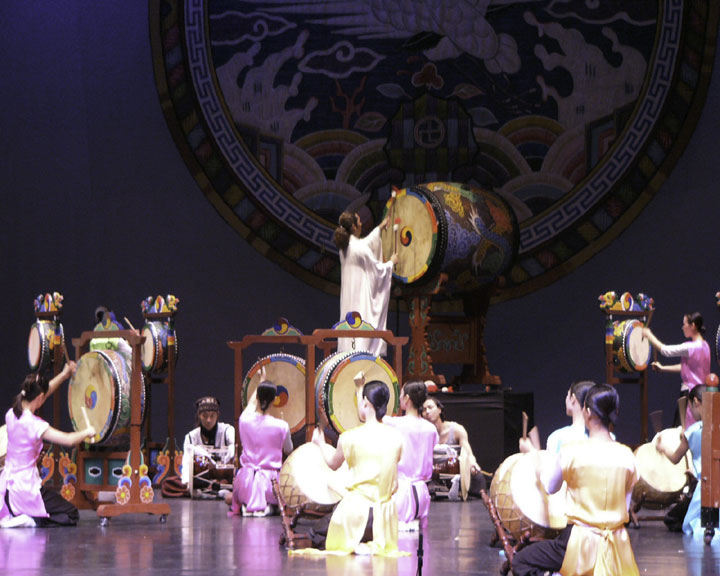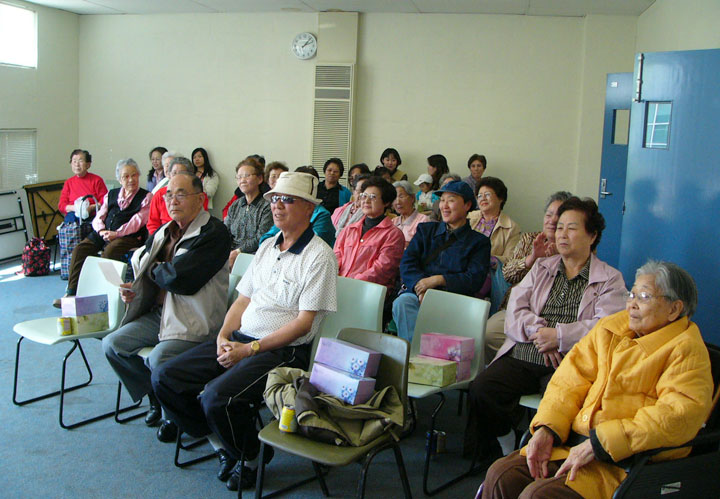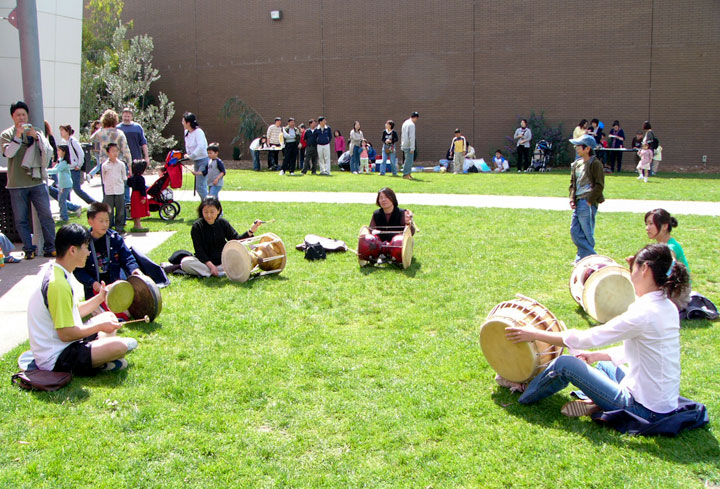Immigration History from South Korea to Victoria
Few Koreans settled in Victoria until the late 1960s, when Australia began to relax its White Australia Policy. By 1971, the number of Koreans in Victoria was still only 72 –including immigrants from both the South and North of Korea. Most had not migrated directly from Korea, but from countries such as Indonesia, Brazil and South Vietnam, where they were foreign workers. When South Vietnam fell in 1975, many Koreans working for military contract firms moved to Australia under relaxed tourist visa conditions. Some were eventually granted permanent residency under amnesty arrangements. Sponsored migration saw further increases in the community in Victoria.
By 1981, 389 Victorians were Korea-born – counting immigrants from both the South and North of Korea. An increasing number settled in Victoria during the 1980s, predominantly under the skilled and business migration categories. By 1991, when immigrants from South Korea were finally counted separately in the census, 1,544 were recorded in Victoria.
The 2017 census recorded 14,798 Victorians born in South Korea. Today they live throughout Victoria, with a higher number in Melbourne’s south-east. 87% speak Korean at home. Almost half of those employed are professionals or managers; many others work in clerical, sales and service roles. Families often work together in businesses, and pool capital to purchase homes.
60% of South Korea-born Victorians are Christian. Korean churches are seen by many members as a focal point of Korean culture, maintaining traditions through dance, language and cuisine, and assisting new immigrants arriving in Victoria. Korean culture is further strengthened by the activities of the Korean Society of Victoria, Saturday Korean language schools, Korean language broadcasts on SBS, and several Korean magazines and newspapers.
Immigration History from South Korea (Korean) to Victoria
호주가 백호주의를 완화하기 시작한 1960년대 후반까지 빅토리아주에 정착한 한국인이 거의 없었다. 1971년까지도 빅토리아주 내 한국인 수는 남한과 북한에서 온 이민자를 모두 포함해 72명에 불과했다. 대부분은 한국에서 직접 이주하지 않고 그들이 외국인 근로자로 있었던 인도네시아와 브라질, 남베트남과 같은 나라로부터 이주했다. 1975년 남베트남이 몰락했을 당시 군수업체에서 일하던 많은 한국인이 완화된 관광비자 조건 아래서 호주로 이주했다. 일부는 사면제도하에 결국 영주권을 부여받았다. 후원이민으로 빅토리아주 내 한인 사회는 더욱 확대됐다.
1981년까지 남한과 북한에서 온 이민자를 합쳐 389명의 빅토리아주 주민이 한국 출생이었다. 1980년대에 빅토리아주에 정착한 한국인 이민자 수가 점점 증가했는데 숙련과 사업이민이 주를 이루었다. 남한에서 온 이민자가 마침내 인구조사에서 별도로 집계된 1991년까지 빅토리아주에서 1,544명이 기록됐다.
2011년 인구조사는 남한 출생 빅토리아주 주민을 10,192명으로 기록했다. 오늘날 이들은 빅토리아주 전역에 걸쳐 거주하며 멜번 남동부에 상대적으로 많은 수가 산다. 87%는 집에서 한국어를 사용한다. 취업자의 거의 절반가량이 전문직 종사자나 매너저이며; 많은 다른 이들은 사무직, 판매, 서비스업 등에 종사한다. 가족이 종종 사업을 함께 운영하며 자본을 공동 출자해 주택을 구매한다.
남한 출생 빅토리아주 주민의 60%는 기독교인이다. 많은 한인은 한국인 교회를 춤과 언어, 요리를 통해 전통을 유지하고 빅토리아주에 도착하는 새 이민자를 지원하는 한국 문화의 중심으로 여긴다. 한국 문화는 빅토리아주 한인회와 토요일 한국어 학교, SBS 한국어 방송, 그리고 여러 한국어 잡지와 신문 등의 활동으로 더욱 강화된다.


